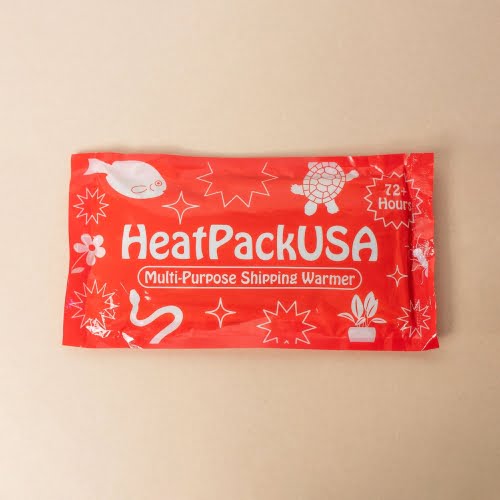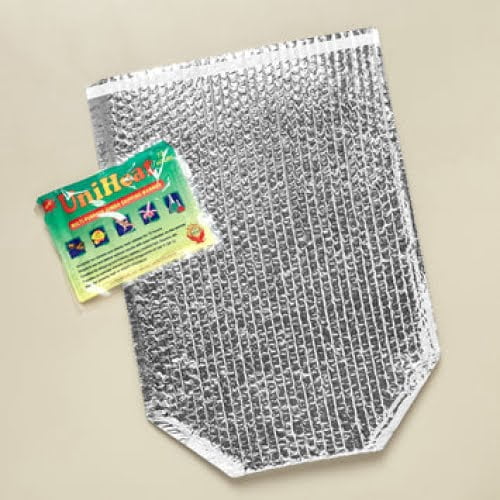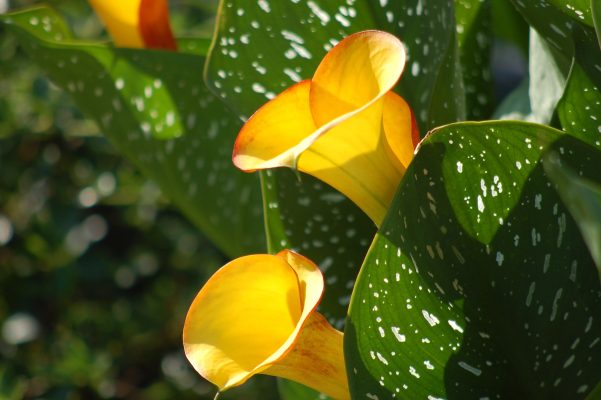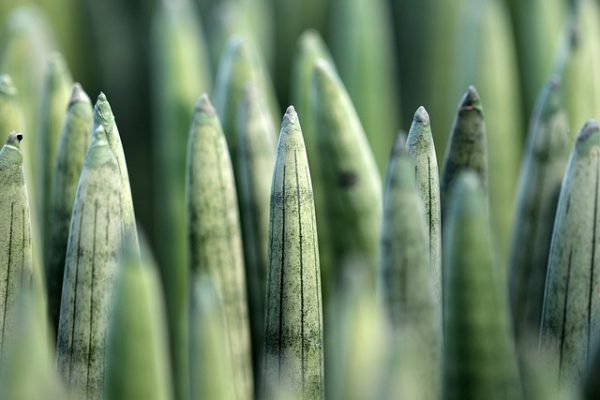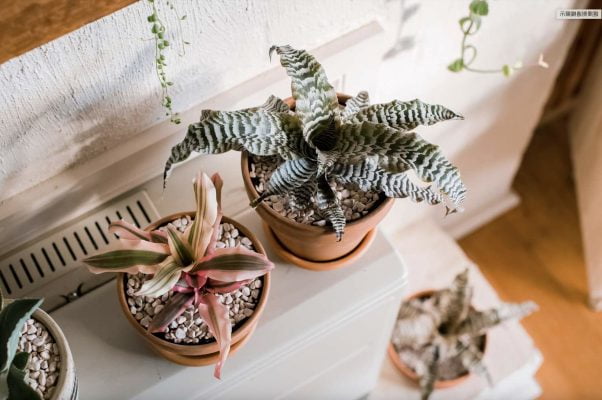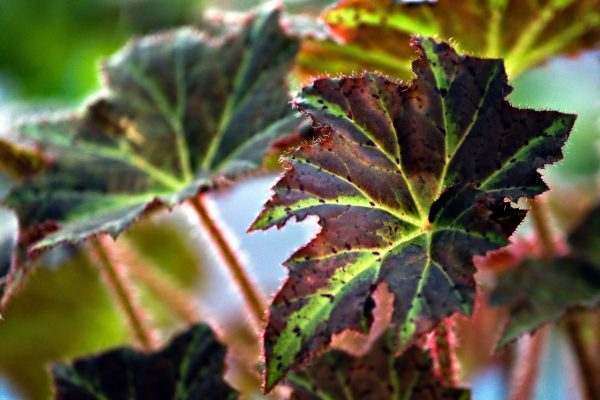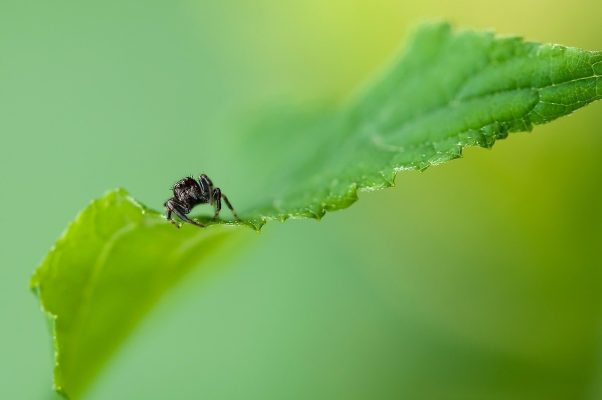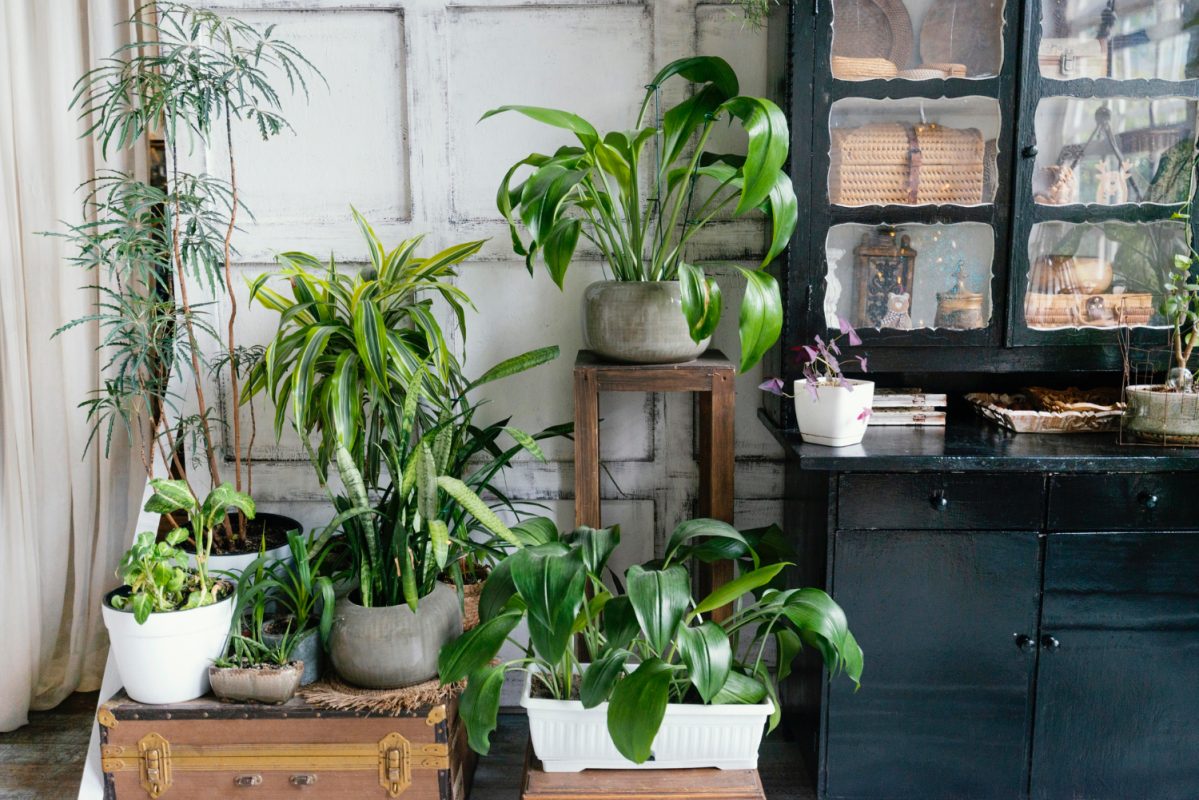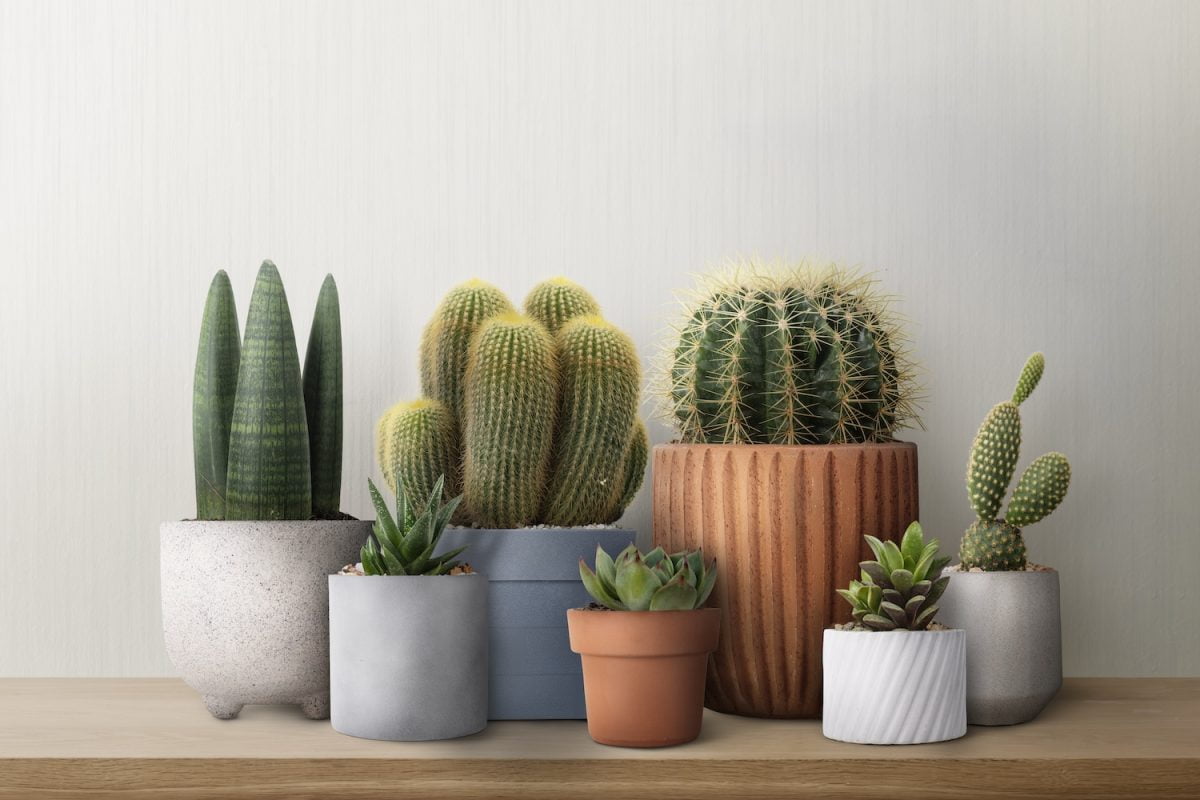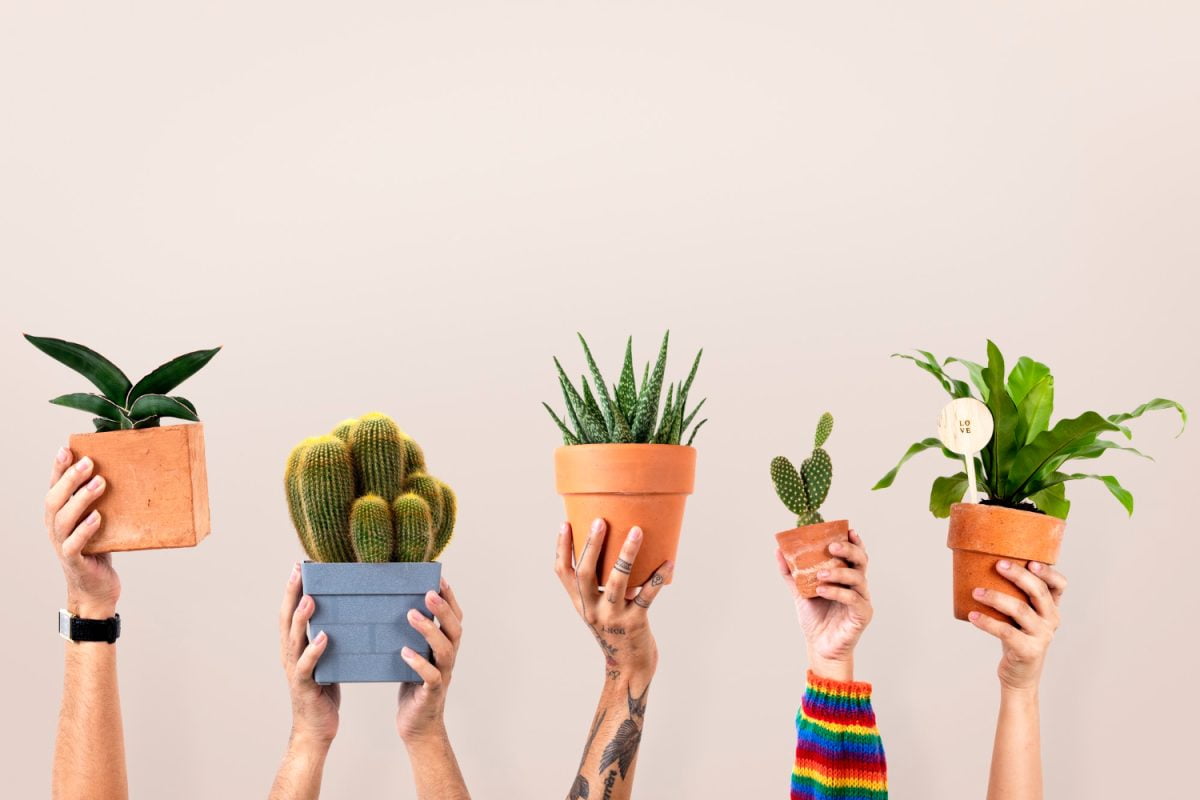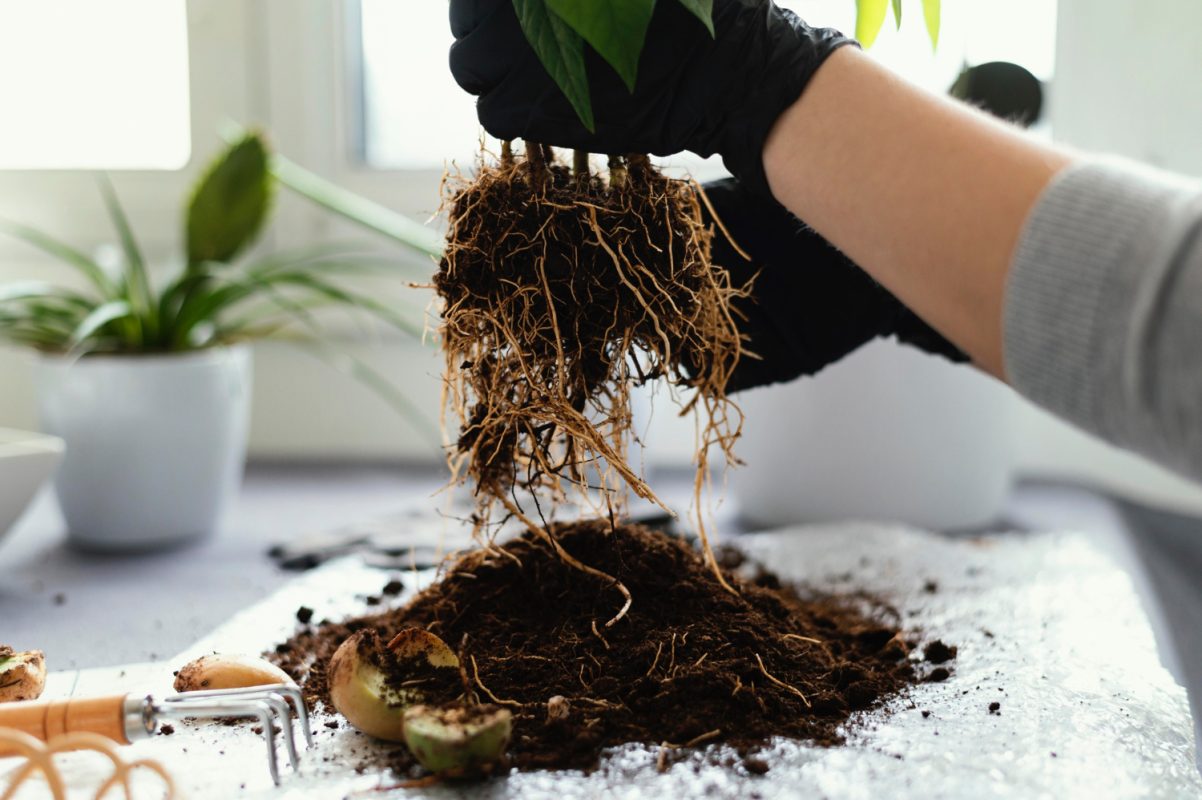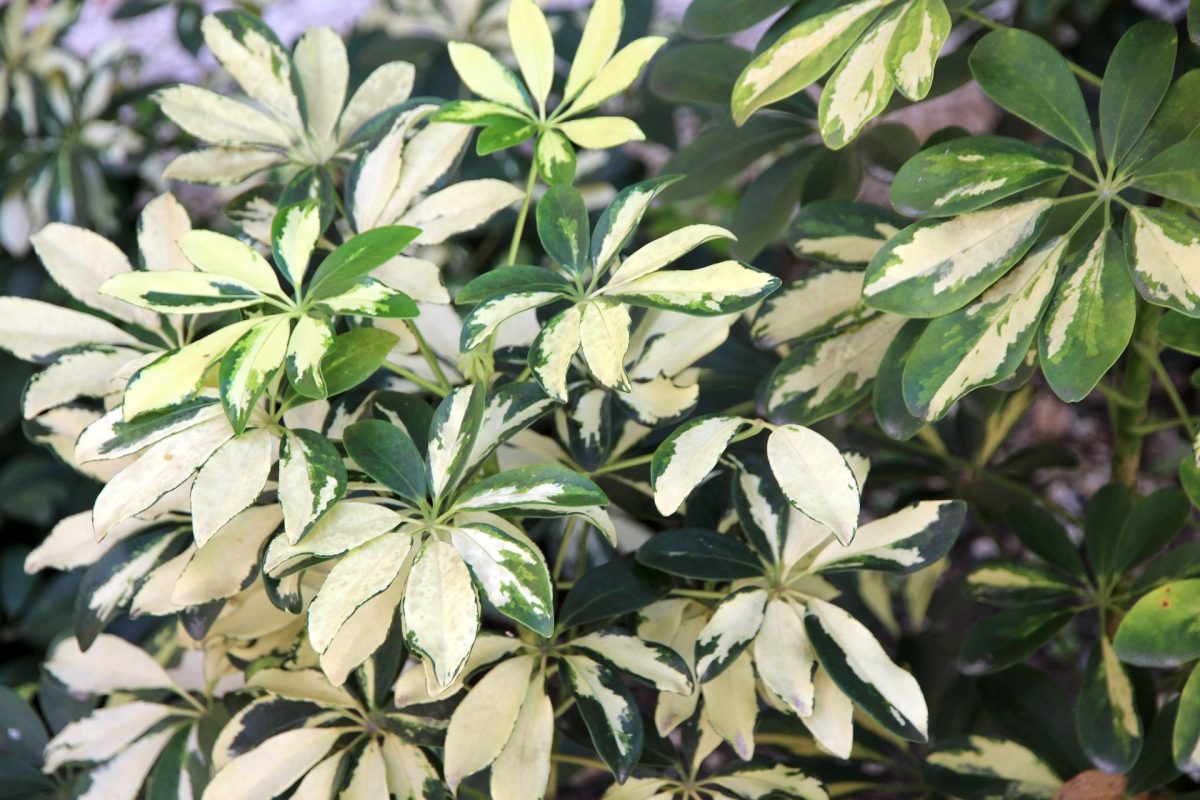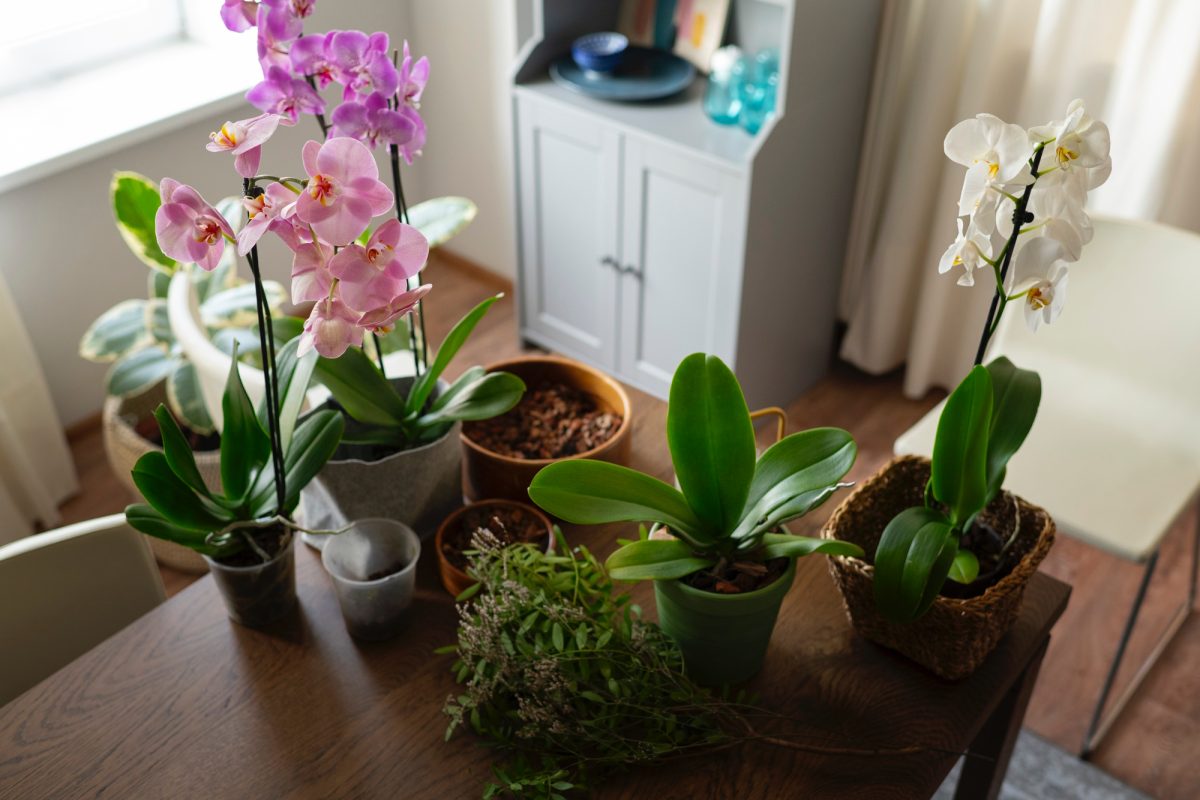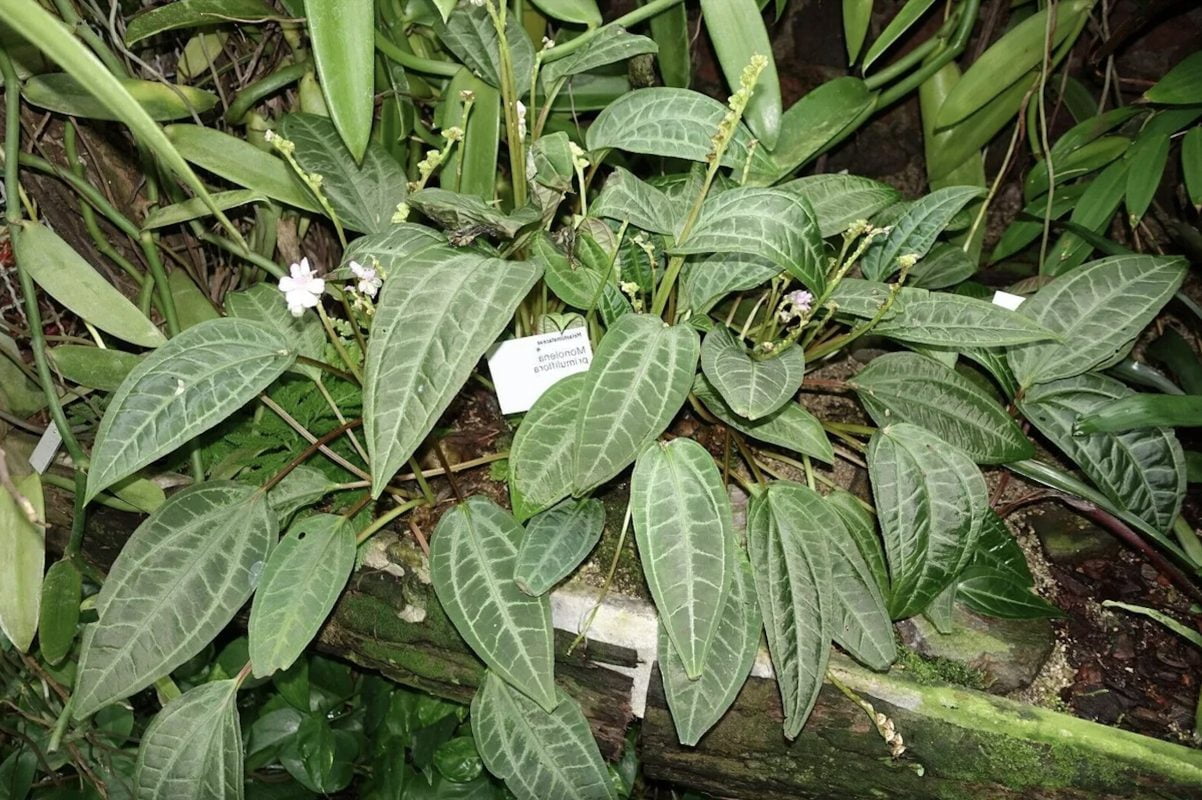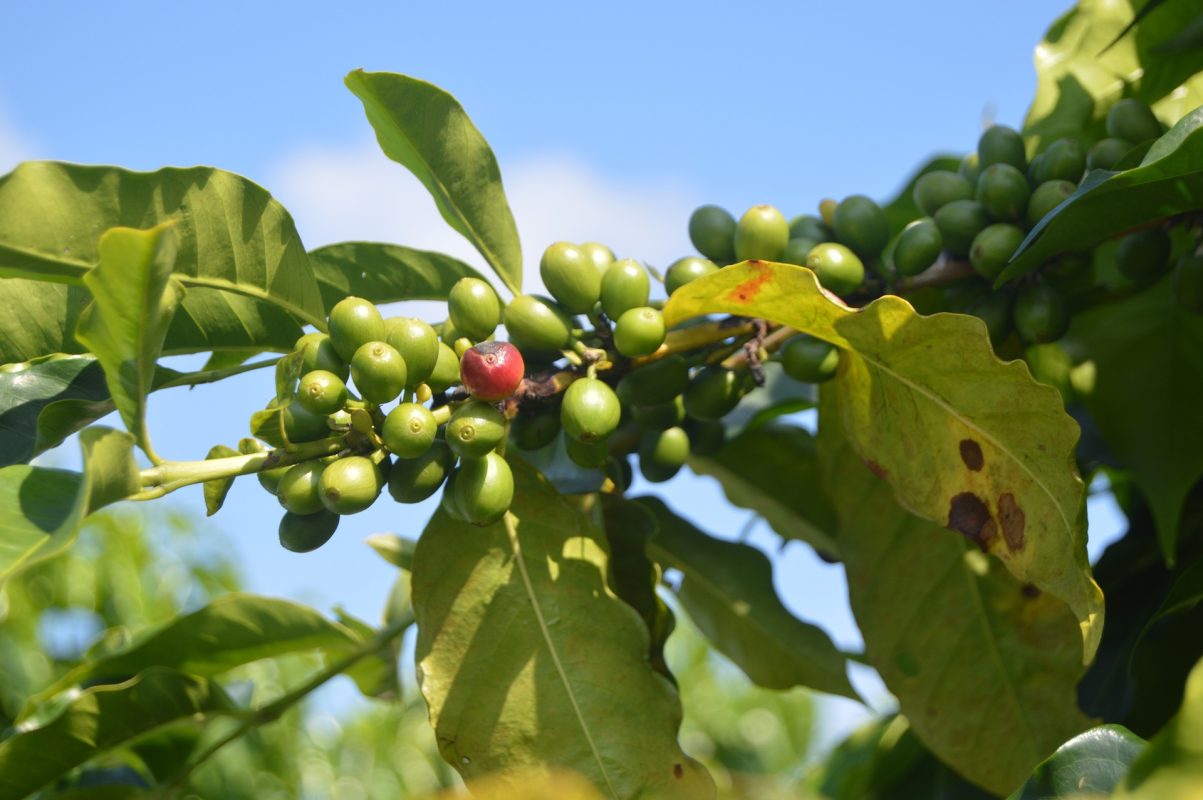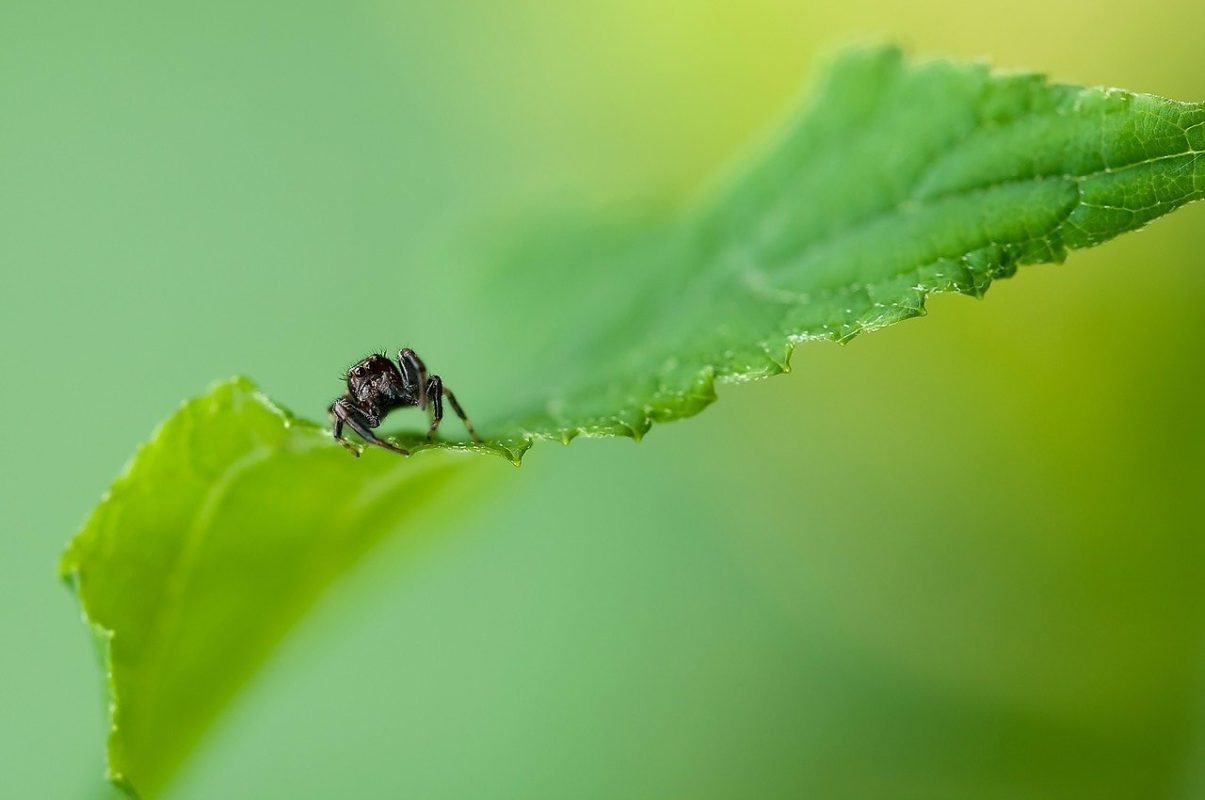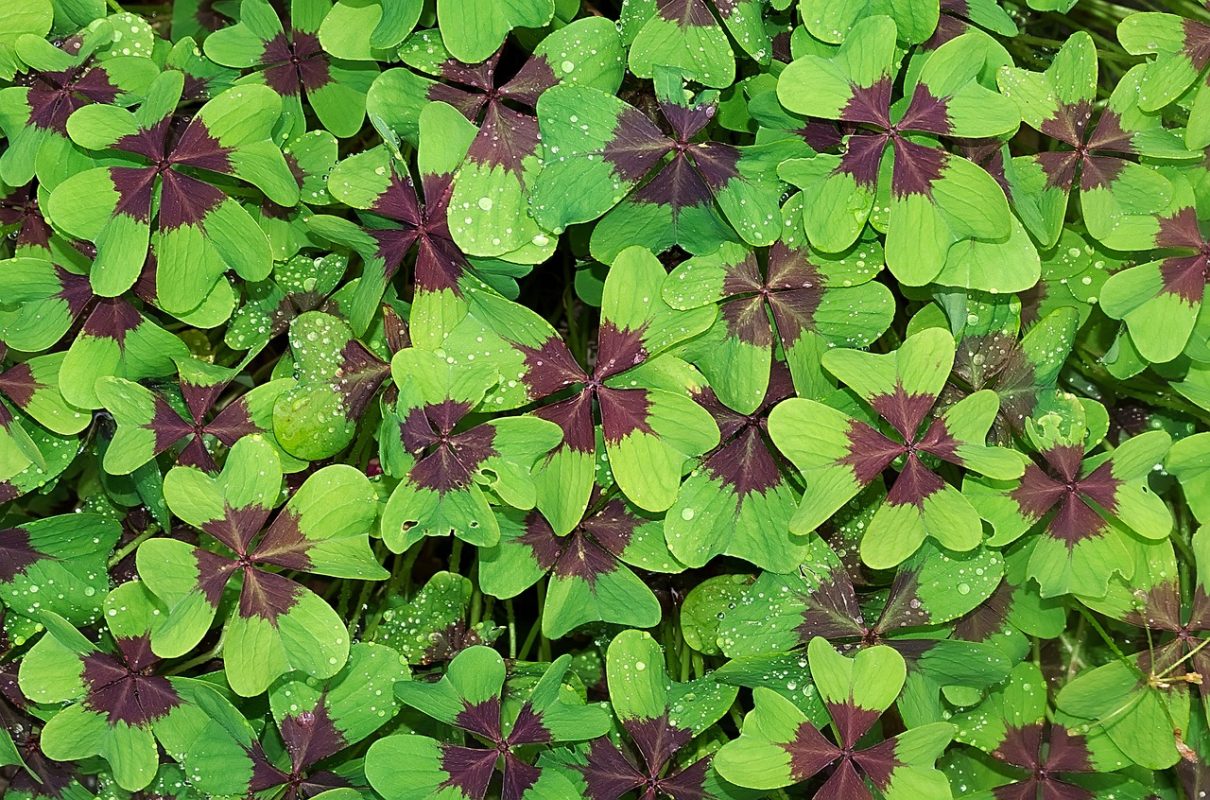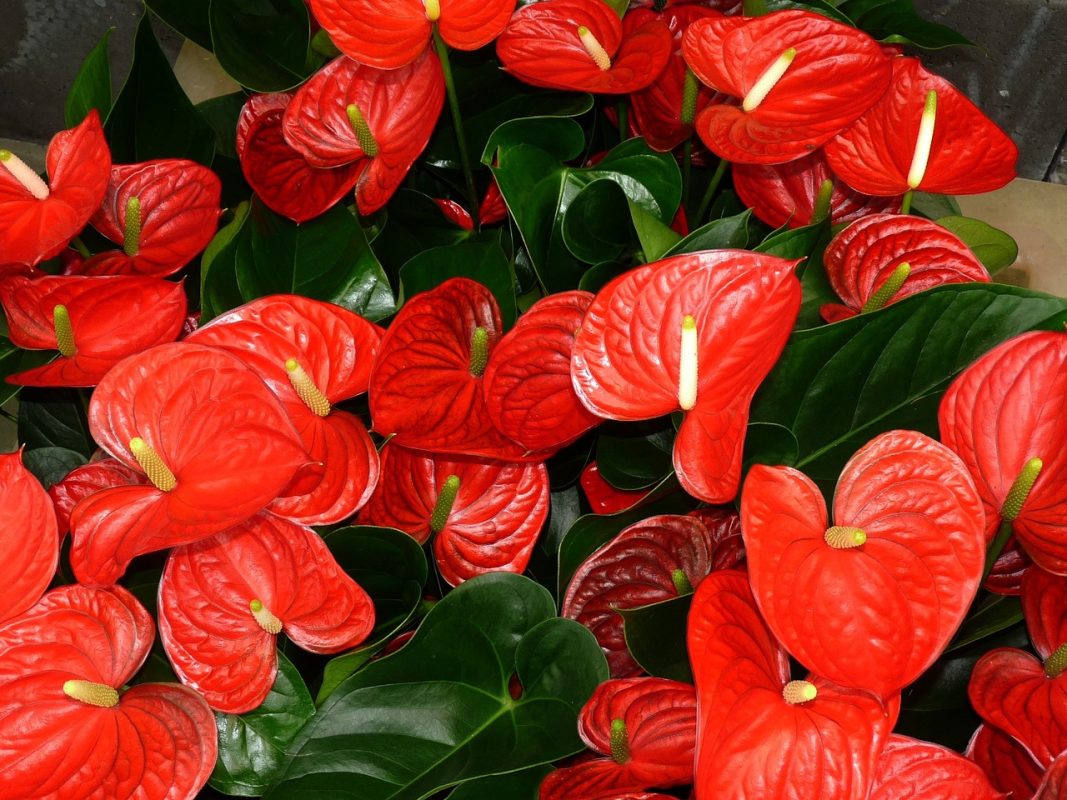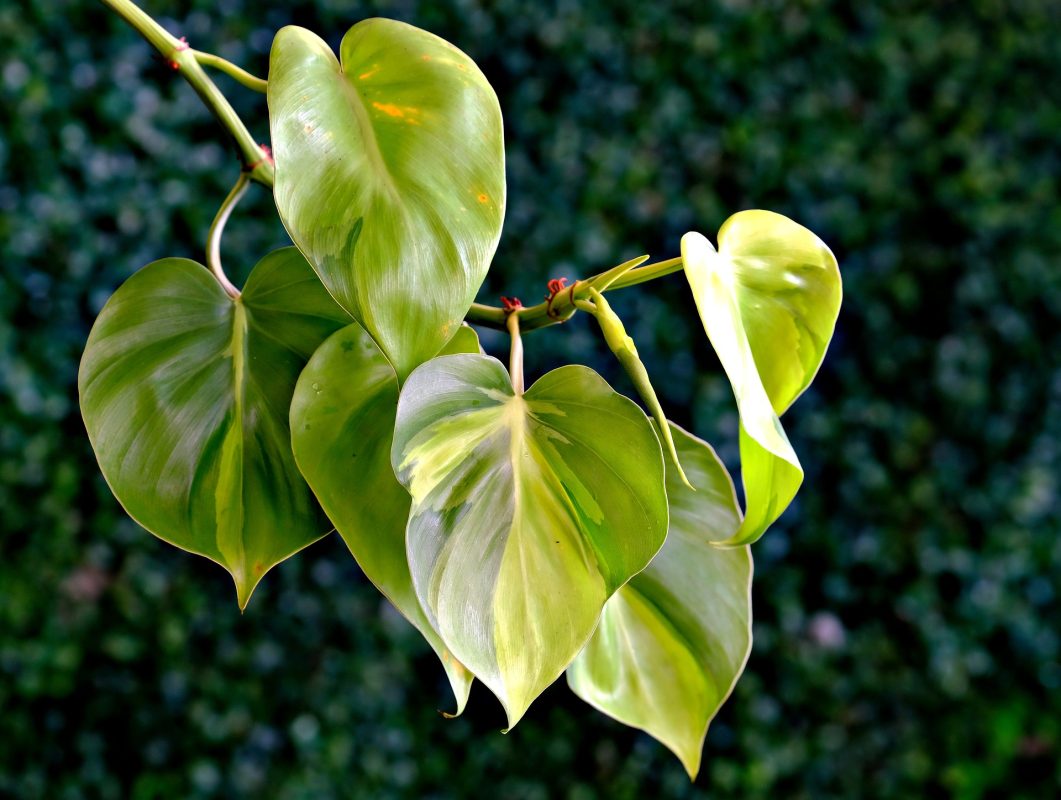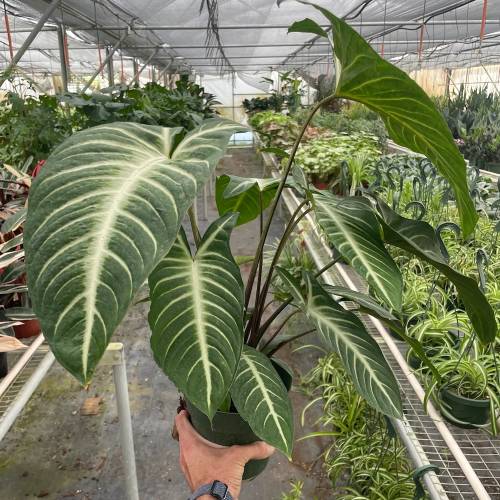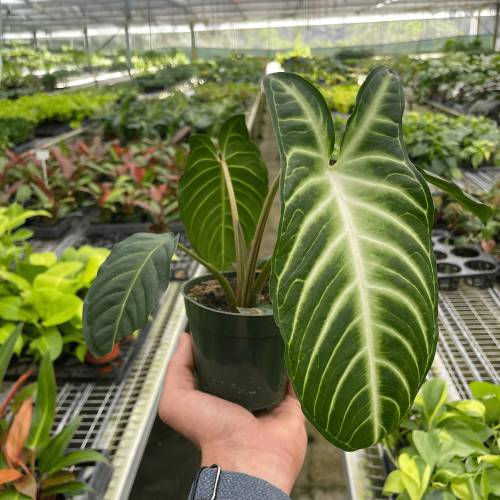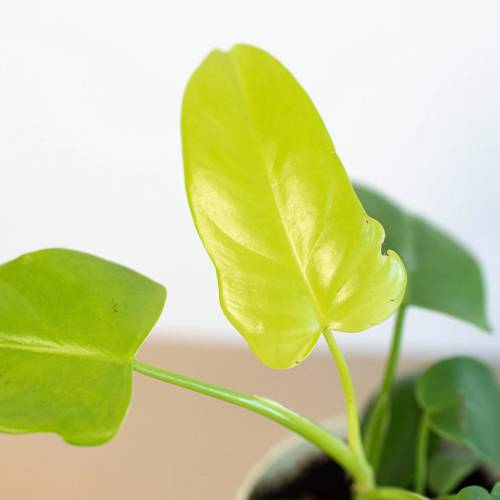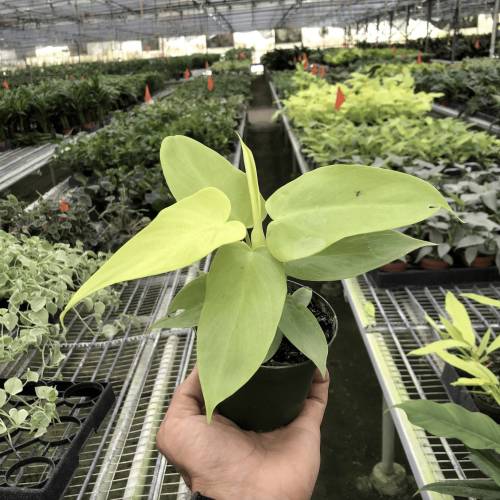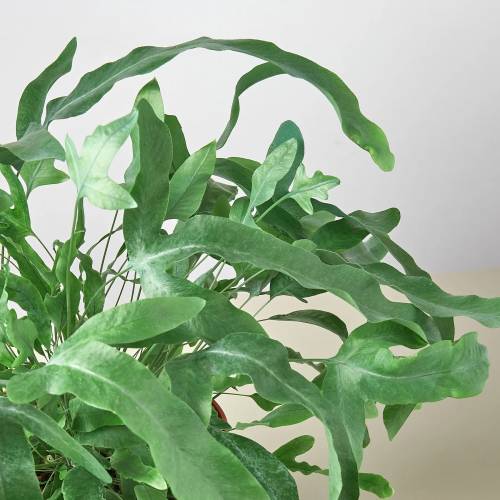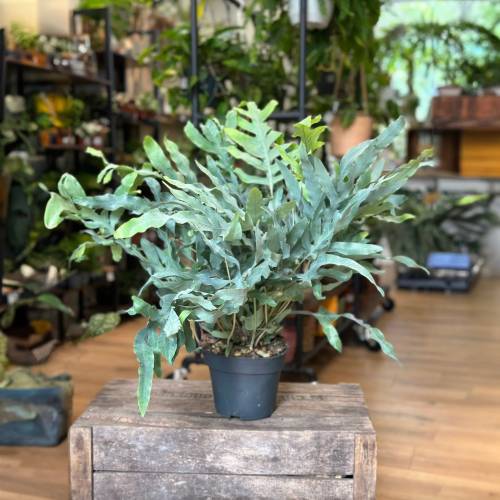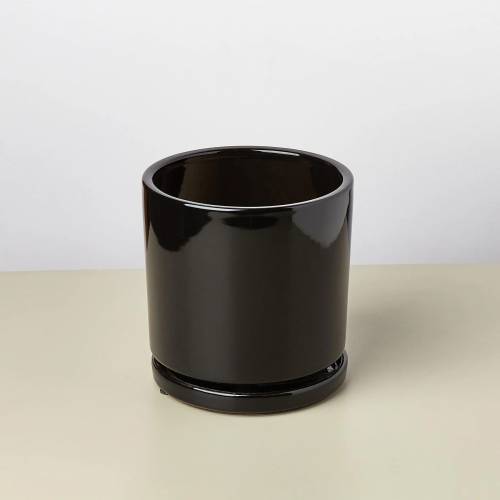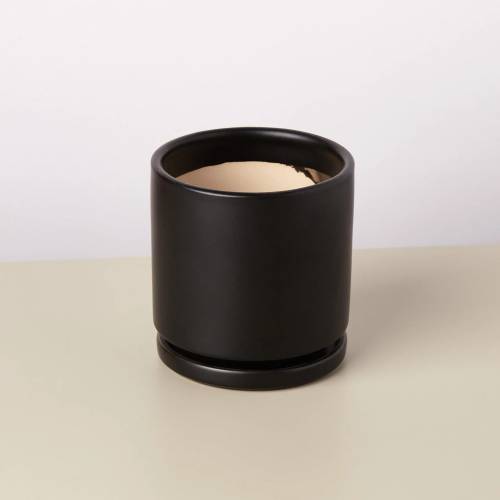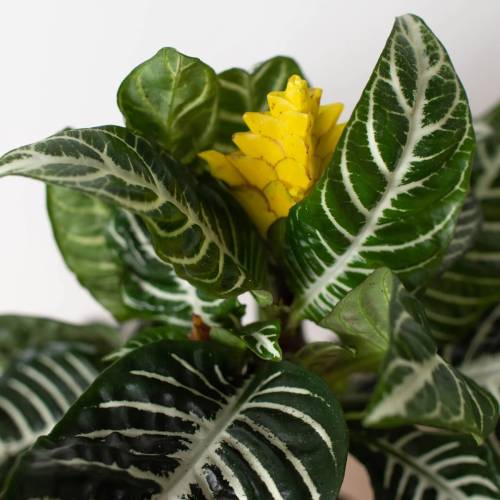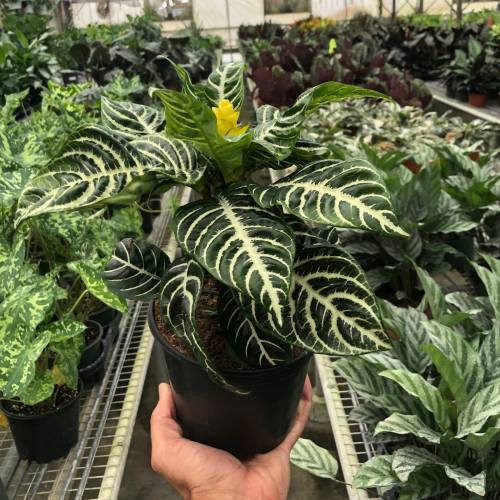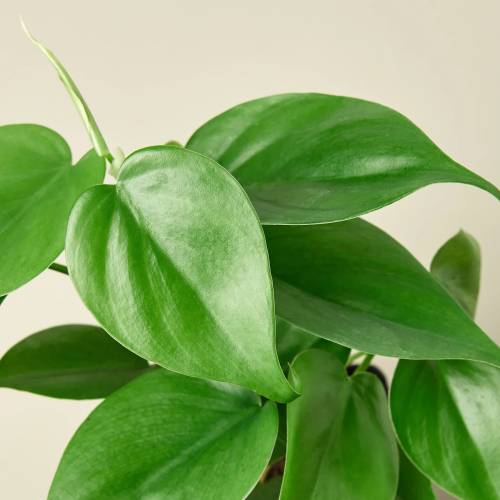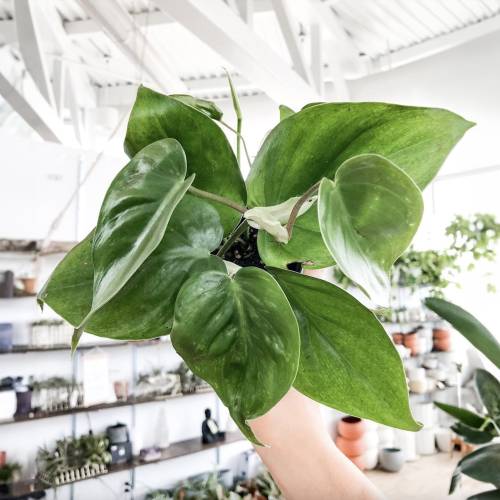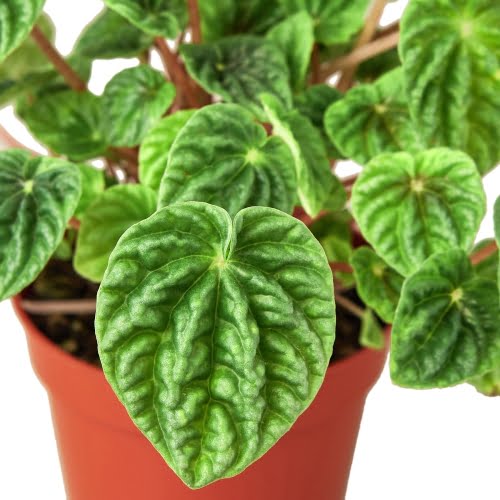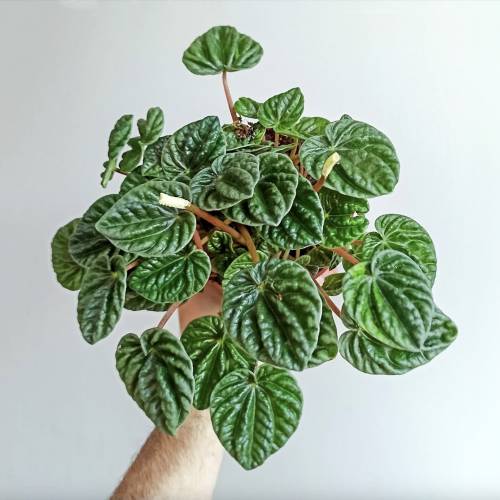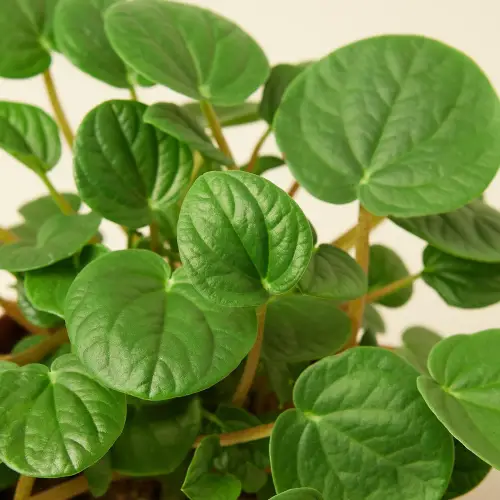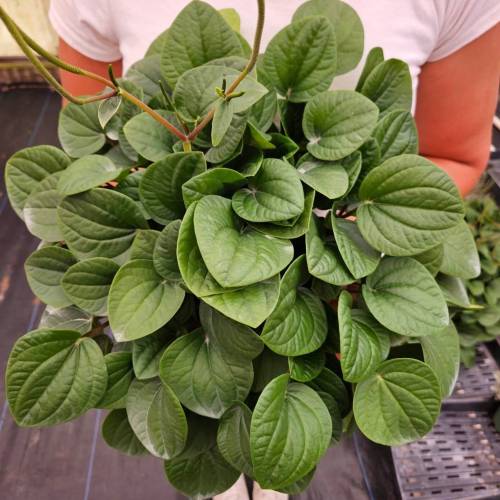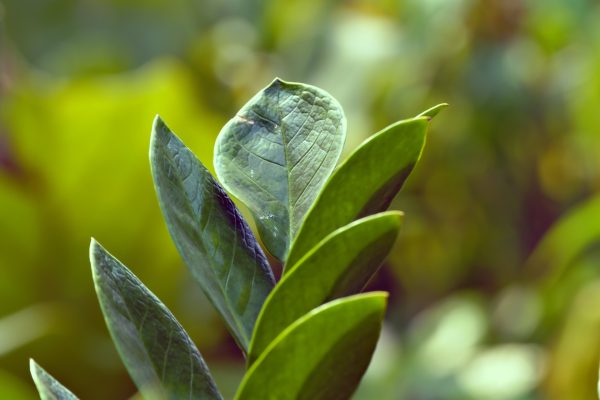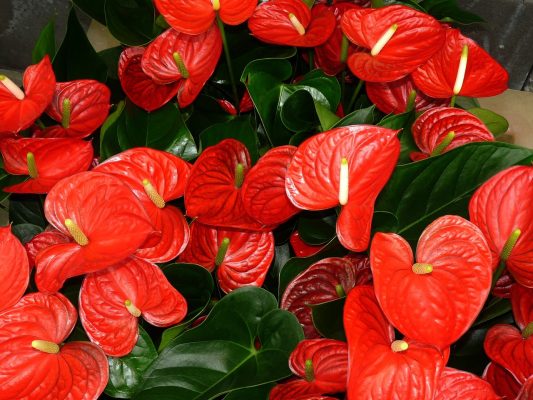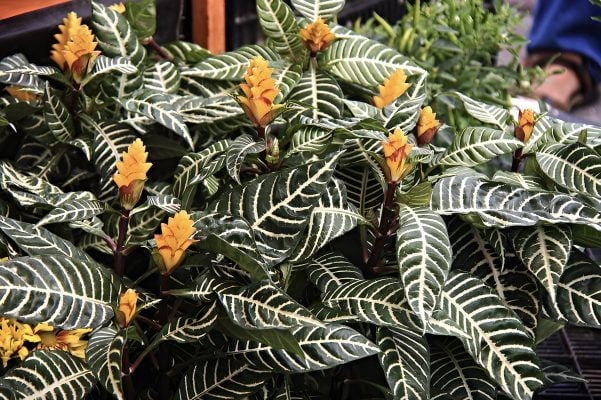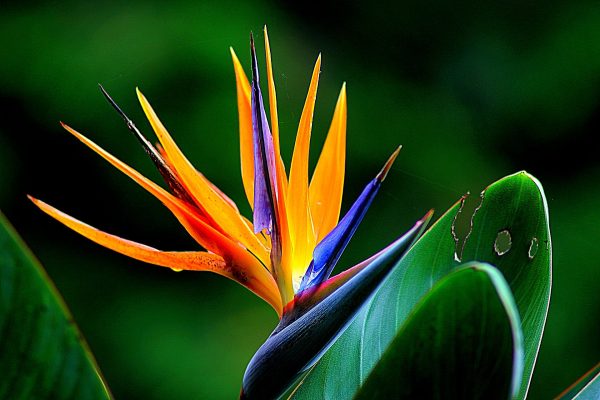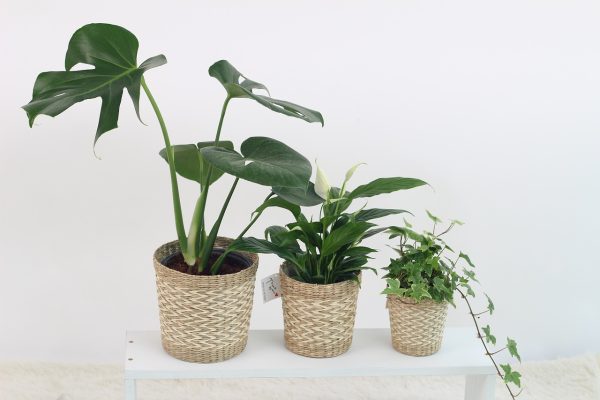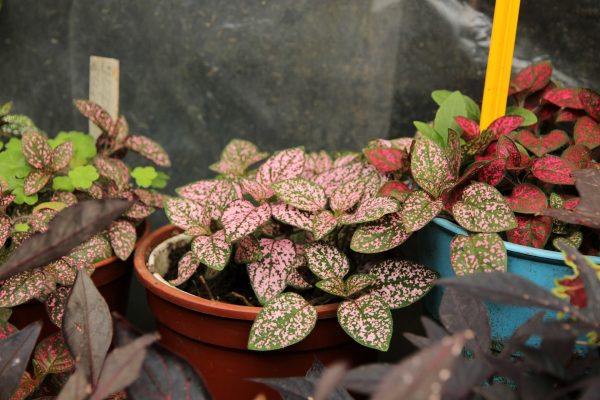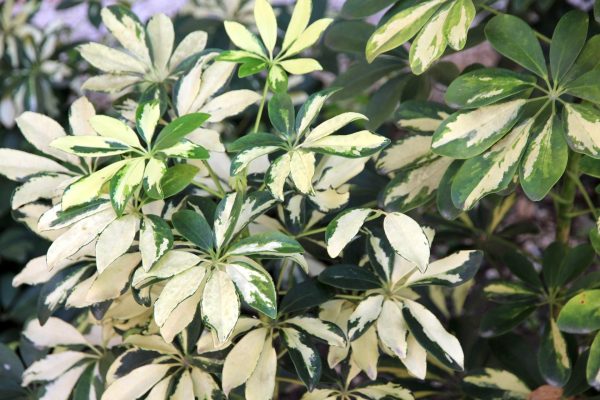Yellowing leaves are a common issue that many plant owners face, and it can be a sign that something is wrong with your plant’s care or environment. Identifying the cause of yellow leaves is essential to restoring your plant’s health and preventing further damage. Here’s a guide to help you understand why your plant may have yellow leaves and what you can do to fix it.
1. Overwatering
One of the most common reasons for yellow leaves is overwatering. When a plant’s roots are constantly soaked, they can’t get the oxygen they need, leading to root rot and yellowing leaves. If you notice the soil is consistently wet or if there is standing water at the bottom of the pot, overwatering may be the issue.
How to Fix It:
- Allow the soil to dry out before watering again.
- Check the pot for proper drainage holes to ensure excess water can escape.
- Water your plant only when the top inch of the soil feels dry to the touch.
2. Underwatering
Just as too much water can cause yellow leaves, so can too little. If a plant doesn’t receive enough water, it can start to wilt, and its leaves may turn yellow and dry out. Underwatering can cause stress, which manifests as yellowing, especially around the edges of the leaves.
How to Fix It:
- Water your plant thoroughly, ensuring the water reaches the roots.
- Establish a regular watering schedule based on your plant’s specific needs.
- Check the soil regularly to avoid it becoming too dry between waterings.
3. Poor Drainage
Even if you’re watering correctly, poor drainage can cause the roots to sit in water, leading to yellow leaves. Heavy, compacted soil or pots without drainage holes can trap water, suffocating the roots.
How to Fix It:
- Use a well-draining potting mix that allows excess water to escape.
- Ensure your pot has drainage holes at the bottom.
- Consider repotting your plant if you notice the soil is compacted or the pot doesn’t drain well.
4. Lack of Light
Insufficient light is another common cause of yellow leaves. Plants need light for photosynthesis, and without enough, they can’t produce the energy required for healthy growth. This can lead to yellowing, especially in lower or older leaves.
How to Fix It:
- Move your plant to a location where it can receive more natural light.
- If natural light is limited, consider using a grow light to supplement the light your plant receives.
- Adjust the position of your plant periodically to ensure even light distribution.
5. Nutrient Deficiency
Plants require essential nutrients like nitrogen, iron, and magnesium for healthy growth. A deficiency in any of these can cause the leaves to turn yellow. This often happens when the soil lacks nutrients or the plant has been in the same pot for too long without fresh soil or fertilizer.
How to Fix It:
- Feed your plant with a balanced fertilizer according to its needs.
- Use nutrient-rich potting soil to provide a steady supply of essential minerals.
- Repot your plant if it has been in the same soil for a long time to refresh its nutrient supply.
6. Pests and Diseases
Pests such as aphids, spider mites, and scale can damage your plant’s leaves, causing them to turn yellow. Similarly, fungal or bacterial infections can lead to yellow spots or overall yellowing of the leaves.
How to Fix It:
- Inspect your plant regularly for signs of pests like tiny insects or webbing.
- Use insecticidal soap or neem oil to treat pest infestations.
- Remove any affected leaves and ensure your plant is in a healthy environment to prevent the spread of disease.
7. Temperature Stress
Extreme temperatures can cause stress to your plant, leading to yellow leaves. Both high and low temperatures can be problematic. Drafts from air conditioning, heating vents, or sudden changes in temperature can shock your plant.
How to Fix It:
- Keep your plant in a stable environment with a consistent temperature.
- Avoid placing your plant near drafts, heating vents, or direct airflow from air conditioners.
- If your plant is outdoors, ensure it is protected from extreme weather conditions.
Conclusion
Yellow leaves can be a signal that your plant needs some attention. By understanding the common causes, such as overwatering, lack of light, or nutrient deficiencies, you can take the necessary steps to bring your plant back to health. Regularly monitoring your plant’s conditions and making adjustments as needed will help ensure it stays vibrant and green. With the right care, your plant can recover from yellowing leaves and continue to thrive.
Yellowing leaves are a common issue that many plant owners face, and it can be a sign that something is wrong with your plant’s care or environment. Identifying the cause of yellow leaves is essential to restoring your plant’s health and preventing further damage. Here’s a guide to help you understand why your plant may have yellow leaves and what you can do to fix it.
1. Overwatering
One of the most common reasons for yellow leaves is overwatering. When a plant’s roots are constantly soaked, they can’t get the oxygen they need, leading to root rot and yellowing leaves. If you notice the soil is consistently wet or if there is standing water at the bottom of the pot, overwatering may be the issue.
How to Fix It:
- Allow the soil to dry out before watering again.
- Check the pot for proper drainage holes to ensure excess water can escape.
- Water your plant only when the top inch of the soil feels dry to the touch.
2. Underwatering
Just as too much water can cause yellow leaves, so can too little. If a plant doesn’t receive enough water, it can start to wilt, and its leaves may turn yellow and dry out. Underwatering can cause stress, which manifests as yellowing, especially around the edges of the leaves.
How to Fix It:
- Water your plant thoroughly, ensuring the water reaches the roots.
- Establish a regular watering schedule based on your plant’s specific needs.
- Check the soil regularly to avoid it becoming too dry between waterings.
3. Poor Drainage
Even if you’re watering correctly, poor drainage can cause the roots to sit in water, leading to yellow leaves. Heavy, compacted soil or pots without drainage holes can trap water, suffocating the roots.
How to Fix It:
- Use a well-draining potting mix that allows excess water to escape.
- Ensure your pot has drainage holes at the bottom.
- Consider repotting your plant if you notice the soil is compacted or the pot doesn’t drain well.
4. Lack of Light
Insufficient light is another common cause of yellow leaves. Plants need light for photosynthesis, and without enough, they can’t produce the energy required for healthy growth. This can lead to yellowing, especially in lower or older leaves.
How to Fix It:
- Move your plant to a location where it can receive more natural light.
- If natural light is limited, consider using a grow light to supplement the light your plant receives.
- Adjust the position of your plant periodically to ensure even light distribution.
5. Nutrient Deficiency
Plants require essential nutrients like nitrogen, iron, and magnesium for healthy growth. A deficiency in any of these can cause the leaves to turn yellow. This often happens when the soil lacks nutrients or the plant has been in the same pot for too long without fresh soil or fertilizer.
How to Fix It:
- Feed your plant with a balanced fertilizer according to its needs.
- Use nutrient-rich potting soil to provide a steady supply of essential minerals.
- Repot your plant if it has been in the same soil for a long time to refresh its nutrient supply.
6. Pests and Diseases
Pests such as aphids, spider mites, and scale can damage your plant’s leaves, causing them to turn yellow. Similarly, fungal or bacterial infections can lead to yellow spots or overall yellowing of the leaves.
How to Fix It:
- Inspect your plant regularly for signs of pests like tiny insects or webbing.
- Use insecticidal soap or neem oil to treat pest infestations.
- Remove any affected leaves and ensure your plant is in a healthy environment to prevent the spread of disease.
7. Temperature Stress
Extreme temperatures can cause stress to your plant, leading to yellow leaves. Both high and low temperatures can be problematic. Drafts from air conditioning, heating vents, or sudden changes in temperature can shock your plant.
How to Fix It:
- Keep your plant in a stable environment with a consistent temperature.
- Avoid placing your plant near drafts, heating vents, or direct airflow from air conditioners.
- If your plant is outdoors, ensure it is protected from extreme weather conditions.
Yellow leaves can be a signal that your plant needs some attention. By understanding the common causes, such as overwatering, lack of light, or nutrient deficiencies, you can take the necessary steps to bring your plant back to health. Regularly monitoring your plant’s conditions and making adjustments as needed will help ensure it stays vibrant and green. With the right care, your plant can recover from yellowing leaves and continue to thrive.
our recommendation
you may also want to know


